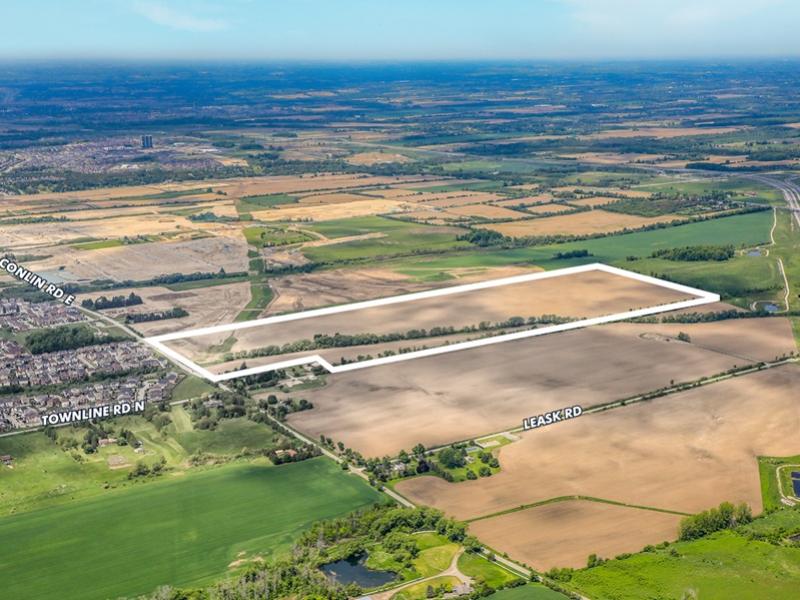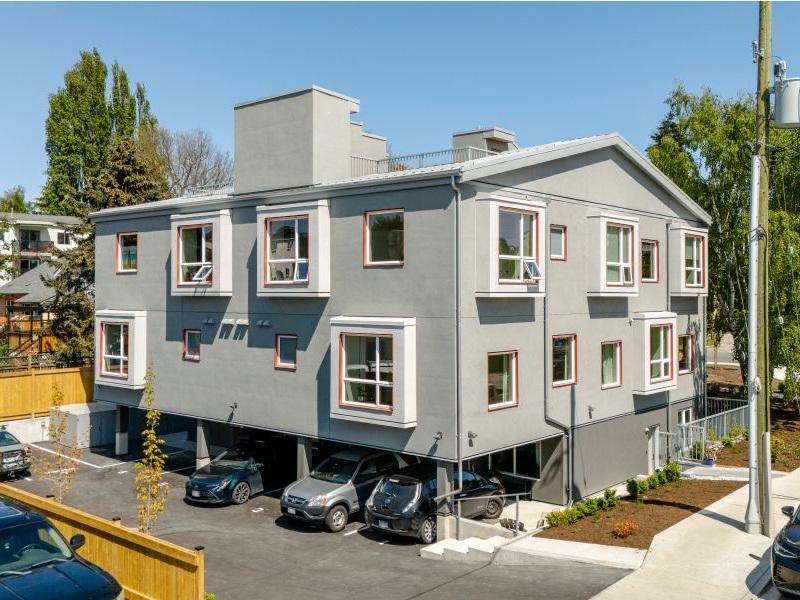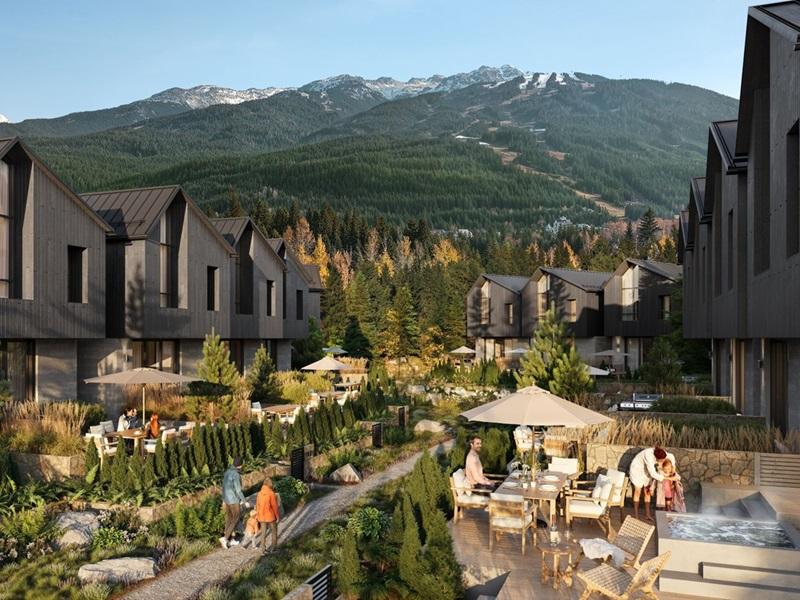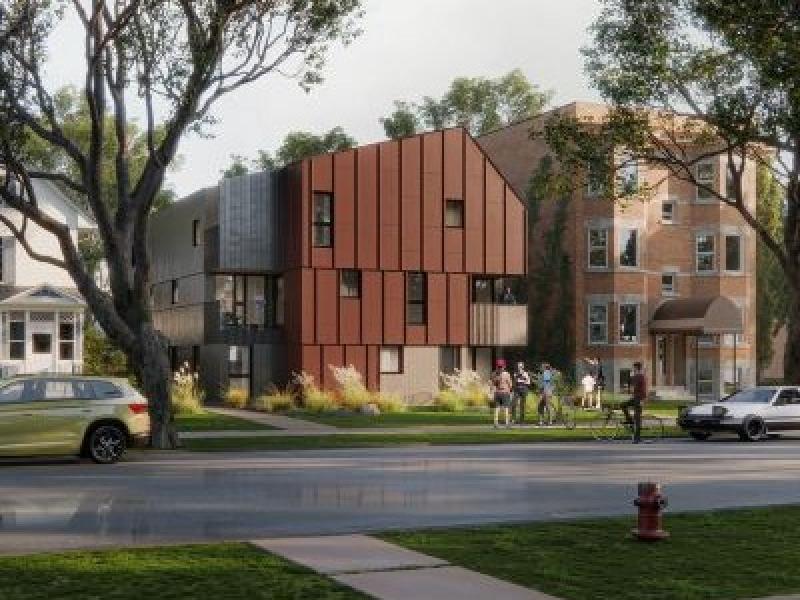Since taking office, Prime Minister Mark Carney has met with King Charles, French President Emmanuel Macron and U.S. President Donald Trump to emphasize Canada’s position on the world stage.
This is impressive, but it is time to focus on what is happening right here at home. We have immediate problems that have to be addressed.
First, the economy needs a boost to create more jobs, and of course, we must get the housing industry moving again — and those two goals are intertwined.
The three largest Canadian industries contributing to our GDP are real estate (including rental and leasing), mining and manufacturing (including the auto industry).
In Canada, our construction industry employs about 1.6 million workers, with 600,000 of those involved in residential construction. These include carpenters, plumbers, electricians, etc.
More incentives needed for housing
Then consider the 288,000 who work in real estate such as brokers and agents, and it is obvious why the Liberals’ proposal to “Build Canada Homes” is so important. Now that our Canadian federal election is over, we look forward to the Liberals coming through on their promises, especially where housing is concerned.
Remember that our industry is ready to turn on a dime, as we have done in the past. We have everything in place to build; we just need programs and incentives.
Certainly, removing the GST on new homes priced under $1 million for first-time buyers and reducing the GST on homes up to $1.5 million will help a great deal. So will cutting municipal development charges and looking at longer mortgage interest rate terms.
But we need more.
In Carney’s acceptance speech, he mentioned the goals of thinking big and acting bigger, such as building twice as many homes every year with a new housing industry that takes advantage of our Canadian technology, lumber and skilled workers. Trust me, we are ready and eager, so I say, BRING IT ON!
Positive steps by provinces
Recently, we have had important steps taken by provincial organizations.
On May 7, representatives from the Ontario Home Builders’ Association (OHBA) met with policymakers at Queen’s Park to discuss major issues facing the housing sector in Ontario. The object was to find a co-operative approach to addressing our housing crisis.
OHBA announced a new policy document Setting the Standard: Unlocking System-Wide Solutions, which covers a multitude of topics including reducing barriers to new development and modernizing approval processes.
Then on May 12, Ontario Minister of Municipal Affairs and Housing Rob Flack announced a new housing bill, Protecting Ontario by Building Faster and Smarter Act, 2025. OHBA welcomed this announcement, which targets two of the most significant drivers of high housing costs: development charges and permitting and approval delays.
These concerns are nothing new for builders and developers, who have been asking for years that these be addressed. The fact is these often add hundreds of thousands of dollars to the cost of new homes.
Policies developed with municipalities can standardize development charges, which have risen dramatically over the past decade.
GTA has North America's highest development charges
In fact, the Greater Toronto Area has the highest development charges in North America. This is simply not acceptable, considering we are facing the worst housing crisis ever in Ontario.
Consistency in the approvals process is also being considered. It varies across the province’s 444 municipalities. Anything to streamline the current delays at the municipal level will have a tremendous impact on house prices.
OHBA has long called for a collaborative approach to housing, with the public and private sectors working hand-in-hand for the benefit of all.
The federal Liberal platform also includes the Build Canada Homes agency for development and financing of low-cost modular housing. It will be interesting to see the details on this program and how it will play out.
What will it mean to have government involved in the housing industry?
We have hugely successful, low-cost housing rental accommodations to learn from. One is in Malvern, Ont., where government subsidies for low-cost housing come through the Rent-Geared-to-Income and Canada-Ontario Housing Benefit programs.
Another is in Brampton, Ont. where the City of Brampton and the Region of Peel offer low-cost housing options and support programs in the Chinguacousy and Bramalea areas, including affordable rental housing, community housing and emergency shelters. The Region also manages rent-geared-to-income programs and second unit assistance.
On a global level, Canada is working with the European Union to strengthen the 2017 Comprehensive Economic and Trade Agreement, which is still being ratified by member states. That agreement eliminated tariffs on more than 98 per cent of goods traded between those member states and Canada.
Some policies I question
I do question some government actions.
For example, the ban on foreign buyers purchasing residential property in Canada has been extended to Jan. 1, 2027. Although the ban was introduced to address affordability concerns and reduce foreign influence in the housing market, it has been counterproductive.
Every great city in the world is built on investor money. Those foreign buyers who cannot purchase here are simply investing elsewhere. We could use that money here to purchase inventory that is clogging our arteries at present.
Then consider our stress test for mortgage applicants. Canadians must qualify two per cent above their contract rate to determine their ability to repay an uninsured mortgage.
This was instituted in 2021, which was logical at the time. Today, however, this makes no sense. Eliminating this stress test would broaden the ability of people to enter the marketplace.
According to the Government of Canada, immigration targets for this year include 395,000 new permanent residents, then 380,000 in 2026 and 365,000 in 2027. In Canada, we have been building an average of 227,000 homes per year over the past 10 years. To build the four million homes we need in the next few years, we must double this rate.
Remember that homeownership has long been, and continues to be, the dream of most Canadians.
As consumer confidence increases, so will housing sales. But this will happen only when a comprehensive approach is put into practice by all three levels of government, along with the private sector.







